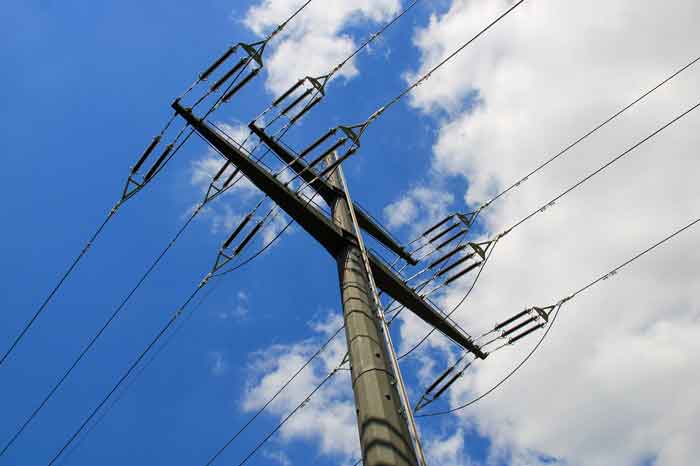Ford factory processes paint fumes to generate power
OAKVILLE, ONTARIO - One Ford factory in Oakville, Canada has created an innovative process to capture harmful gases from their vehicle-painting facility and safely turn the fumes to electricity.
The paint fumes contain volatile organic compounds which act as greenhouse gases and pollutants. Typically, these gases would be incinerated, which while better than leaving the VOCÂ’s alone, still produces excessive amounts of carbon dioxide and nitrogen oxide.
Ford has developed a much cleaner process to dispose of the gases.
FordÂ’s system converts the gases into fuel then fed through a molten carbonate fuel cell to produce about 300 kWh of electricity-about what it takes to power 100 homes. The process reduces carbon emissions by 88 percent and eliminates nitrogen oxides entirely.
“The Oakville stationary fuel-cell system is the first of its kind worldwide to harvest emissions from an automotive facility,” said Matthew Daraskavich, the paint-systems engineer at the factory. “Fumes-to-fuel has the potential to significantly reduce manufacturing’s emissions in an environmentally sustainable process. It is very exciting in terms of its potential future applications to manufacturing.”
Related News

Global oil demand to decline in 2020 as Coronavirus weighs heavily on markets
LONDON - Global oil demand is expected to decline in 2020 as the impact of the new coronavirus (COVID-19) spreads around the world, constricting travel and broader economic activity, according to the International Energy Agency’s latest oil market forecast.
The situation remains fluid, creating an extraordinary degree of uncertainty over what the full global impact of the virus will be. In the IEA’s central base case, demand this year drops for the first time since 2009 because of the deep contraction in oil consumption in China, and major disruptions to global travel and trade.
“The coronavirus crisis is affecting a wide range…




